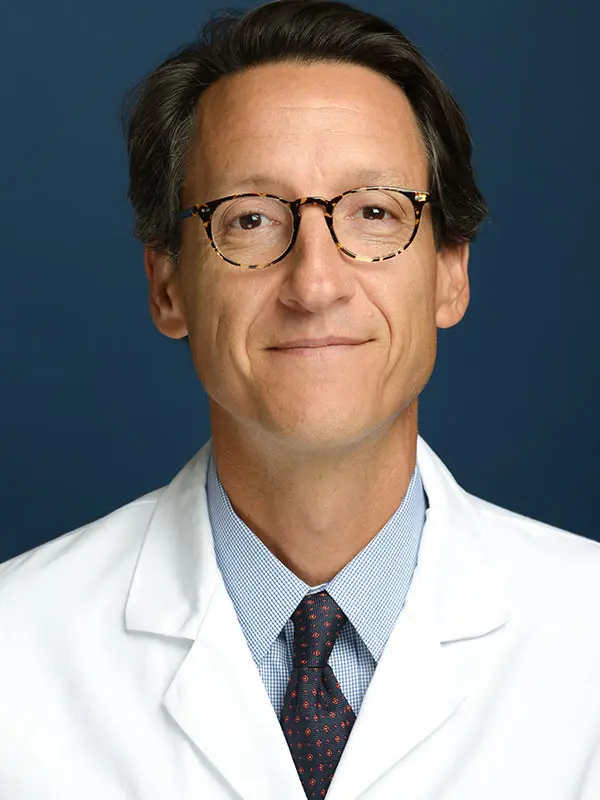A fierce foray into uncharted research and technology can describe how vibrant the year 2021 was for the Department of Otolaryngology-Head and Neck Surgery at the Icahn School of Medicine at Mount Sinai. You, as an otolaryngologist, might have been similarly inspired to forge into unknown territory on the heels of continuous adaptation and managing COVID-19
in your practice.
Along with Pulmonary Medicine; the Recanati Miller Transplant Institute; Cell, Developmental and Regenerative Biology; and the Black Family Stem Cell Institute, Icahn Mount Sinai recently launched the Institute for Airway Sciences to better understand the biology and physiology of the human airway system, the epithelium, and its interactions. The collective research of this multidisciplinary collaborative will range from sinus conditions and lung injury to tissue regeneration and transplantation.
Additionally, physicians are researching the benefits of cochlear implantation for single-sided deafness at the Ear Institute at New York Eye and Ear Infirmary of Mount Sinai, one of the few centers worldwide with extensive experience in the condition. They are employing virtual
reality to assess real-world scenarios that can trigger a loss of vestibular function and falls.
At the Head and Neck Institute, a dynamic group of physicians and researchers are assessing the oral microbiome and its role in human papillomavirus immune response and tumor development. The aim is to characterize the microbiome in cancer patients and identify ways to modify it and mitigate risk. They are also investigating whether past exposure to Agent Orange during the Vietnam War is associated with aggressive thyroid cancer traits, as well as identifying fresh guidelines to reduce post-intubation complications.
The Division of Rhinology and Skull Base Surgery blazed technological trails last year, enhancing precision with resecting squamous cell carcinoma and balloon sinuplasty. This was achieved by employing 5-aminolevulinic acid (5-ALA) to fluoresce the tumor to clearly distinguish cancerous and healthy tissue. Similarly, Mount Sinai was the first in New York City to adopt ENT Navigation balloon sinuplasty, which not only provides real-time confirmation of the correct sinus tract, but also enables the merging of CT and MRI scans.
On behalf of our faculty, researchers, and trainees, thank you for taking time to peruse the updates in this year’s Specialty Report.
All the best for a healthy and prosperous 2022.
Featured

Eric M. Genden, MD, MHA, FACS
Professor and Chair of Otolaryngology–Head and Neck Surgery